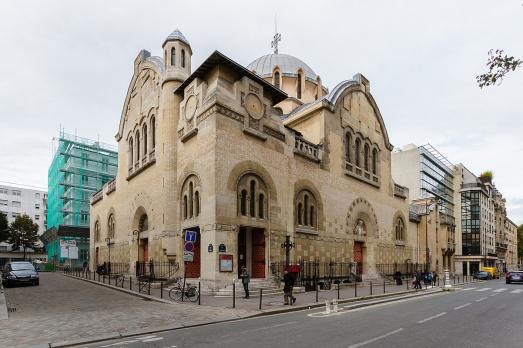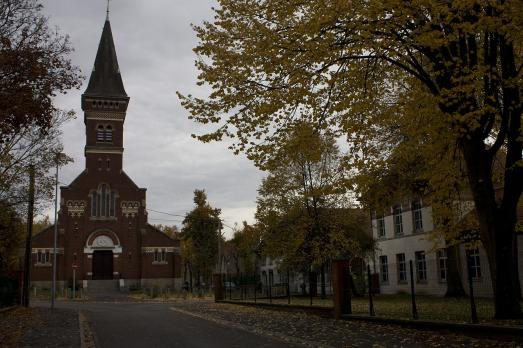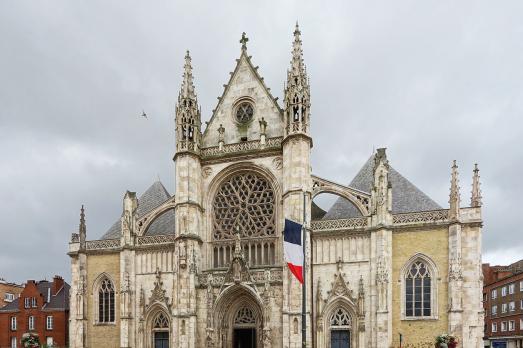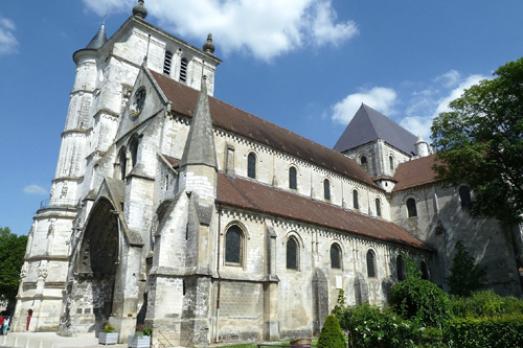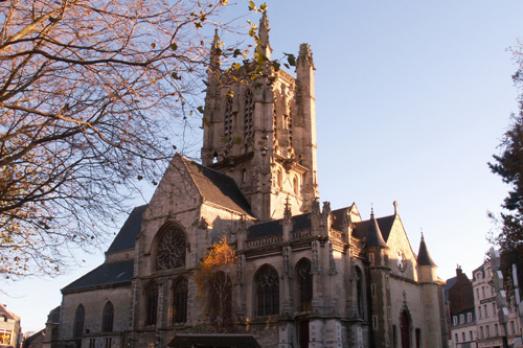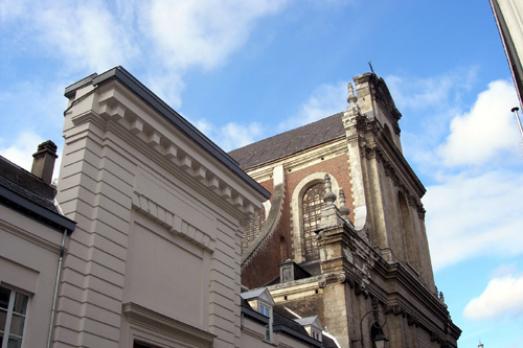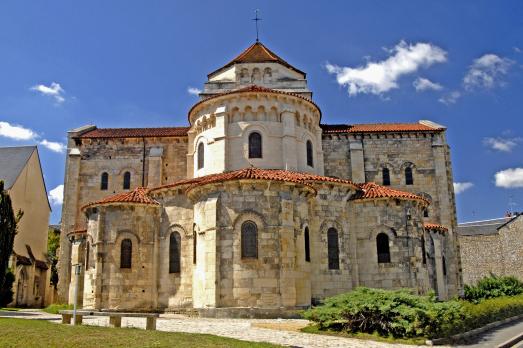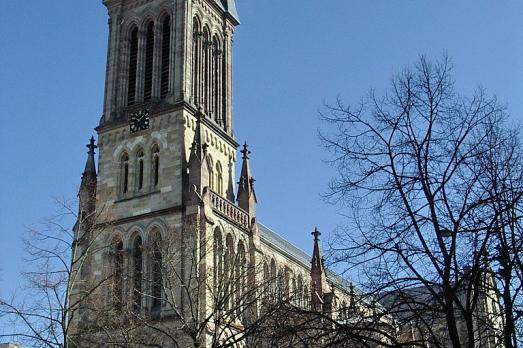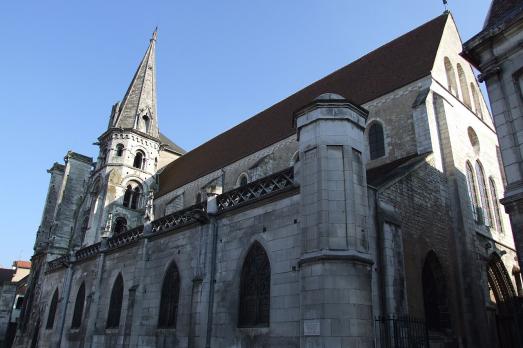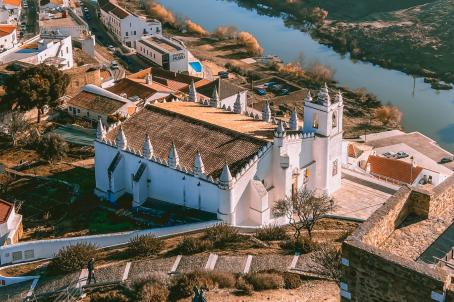Eglise Saint-Dominique de Bonifacio
Bonifacio, FR
The church was built from the end of the 13th century, on top of an old church owned by the Knights Templar. It was in the heart of a former Dominican convent, which has now disappeared. The church has elements of Gothic style, although the sobriety of its exterior appearance recalls Romanesque architecture. The presence of elements of Gothic style is particularly rare in Corsica. It is in fact a French style imported by religious orders. It is also the largest church on the island.
